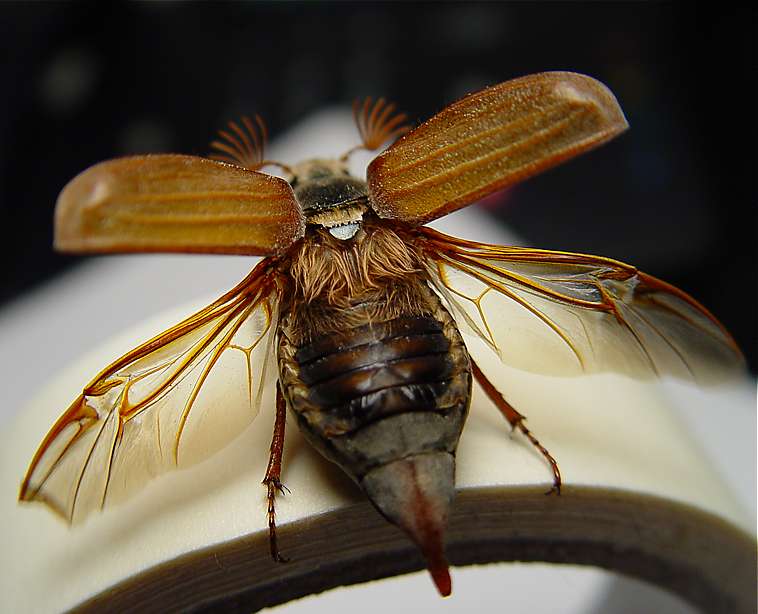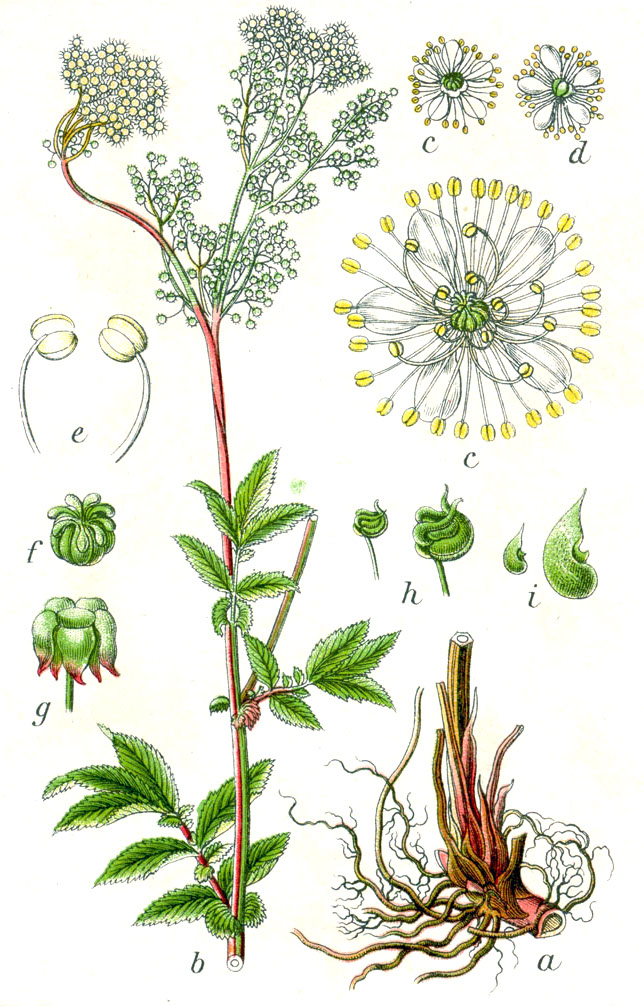|
Phyllobius Pomaceus
''Phyllobius pomaceus'' (subgenus ''Metaphyllobius'') is a species of short-nosed weevil commonly known as the nettle weevil. Description ''Phyllobius pomaceus'' is a slender and elongate weevil, measuring 7–9 mm in length with bright metallic green scales, combined with variations of gold, blue and copper colour, on its elytra. Larvae measure up to 8 mm in length, with a creamy white coloured body and dark head. Habitat and distribution The beetle is associated with nettles (''Urtica dioica'') and Meadow Sweet (''Filipendula ulmaria ''Filipendula ulmaria'', commonly known as meadowsweet or mead wort, is a perennial herbaceous plant in the family Rosaceae that grows in damp meadows. It is native throughout most of Europe and Western Asia (Near east and Middle east). It has ...''). ''P. pomaceus'' can also be a pest of strawberries. Larvae live within the soil feeding on roots, adults above ground on the leaves and stems of their host plants. References Ext ... [...More Info...] [...Related Items...] OR: [Wikipedia] [Google] [Baidu] |
Leonard Gyllenhaal
Leonard Gyllenhaal (3 December 1752 – 13 May 1840) was a Swedish military officer and entomologist. Born on the Ribbingsberg manor in Västergötland in west Sweden, Leonard Gyllenhaal was son of an army officer and belonged to a family of the lower nobility. He went to school (Skara trivialskola) in the cathedral town of Skara together with, among others, the future poet Johan Henrik Kellgren, and later renowned naturalists Anders Dahl and the brothers Adam and Johan Afzelius, with whom he went on natural excursions. Like some of his friends, he went to Uppsala to study under Linnaeus in 1769. He never matriculated and remained in Uppsala only one semester, before switching to a military career in accordance with the wishes and traditions of the family, enrolling in the '' Adelsfanan'' ( "Banner of Nobles") cavalry regiment, and a few years later transferring to the drabantkåren (Garde du Corps). Gyllenhaal, however, remained in contact with Linnaeus through an extensiv ... [...More Info...] [...Related Items...] OR: [Wikipedia] [Google] [Baidu] |
Entiminae
The Entiminae are a large subfamily in the weevil family Curculionidae, containing most of the short-nosed weevils, including such genera as '' Entimus'', '' Otiorhynchus'', '' Phyllobius'', '' Sitona'', and '' Pachyrrhynchus''. In comparison with their stunning diversity, only a few of these weevils are notorious pests of major economic importance. Entimines are commonly encountered in the field, including urban environments, and abundant in entomological collections. Diversity There are over 12000 described species worldwide, distributed in over 1370 genera, nearly 14000 by more recent counts. Most tribes are represented in only one biogeographic region of the world. The current classification within the subfamily has been recognized as artificial rather than reflecting natural groups. General morphology Besides the shape of their broad and short rostrum, most entimines are easily recognized by the presence of a mandibular scar that appears when a deciduous process falls ... [...More Info...] [...Related Items...] OR: [Wikipedia] [Google] [Baidu] |
Elytra
An elytron (; ; , ) is a modified, hardened forewing of beetles (Coleoptera), though a few of the true bugs ( Hemiptera) such as the family Schizopteridae are extremely similar; in true bugs, the forewings are called hemelytra (sometimes alternatively spelled as "hemielytra"), and in most species only the basal half is thickened while the apex is membranous, but when they are entirely thickened the condition is referred to as "coleopteroid". An elytron is sometimes also referred to as a shard. Description The elytra primarily serve as protective wing-cases for the hindwings underneath, which are used for flying. To fly, a beetle typically opens the elytra and then extends the hindwings, flying while still holding the elytra open, though many beetles in the families Scarabaeidae and Buprestidae can fly with the elytra closed (e.g., most Cetoniinae; ). In a number of groups, the elytra are reduced to various degrees, (e.g., the beetle families Staphylinidae and Ripiphoridae), o ... [...More Info...] [...Related Items...] OR: [Wikipedia] [Google] [Baidu] |
Urtica Dioica
''Urtica dioica'', often known as common nettle, burn nettle, stinging nettle (although not all plants of this species sting) or nettle leaf, or just a nettle or stinger, is a herbaceous perennial flowering plant in the family Urticaceae. Originally native to Europe, much of temperate Asia and western North Africa, it is now found worldwide, including New Zealand and North America. The species is divided into six subspecies, five of which have many hollow stinging hairs called trichomes on the leaves and stems, which act like hypodermic needles, injecting histamine and other chemicals that produce a stinging sensation upon contact ("contact urticaria", a form of contact dermatitis). The plant has a long history of use as a source for traditional medicine, food, tea, and textile raw material in ancient (such as Saxon) and modern societies. Description ''Urtica dioica'' is a dioecious, herbaceous, perennial plant, tall in the summer and dying down to the ground in winter ... [...More Info...] [...Related Items...] OR: [Wikipedia] [Google] [Baidu] |
Filipendula Ulmaria
''Filipendula ulmaria'', commonly known as meadowsweet or mead wort, is a perennial herbaceous plant in the family Rosaceae that grows in damp meadows. It is native throughout most of Europe and Western Asia (Near east and Middle east). It has been introduced and naturalised in North America. Meadowsweet has also been referred to as queen of the meadow, pride of the meadow, meadow-wort, meadow queen, lady of the meadow, dollof, meadsweet, and bridewort. Description The stems, growing up to 120 cm, are tall, erect and furrowed, reddish to sometimes purple. The leaves are dark-green on the upper side and whitish and downy underneath, much divided, interruptedly pinnate, having a few large serrate leaflets and small intermediate ones. Terminal leaflets are large, 4–8 cm long, and three- to five-lobed. Meadowsweet has delicate, graceful, creamy-white flowers clustered close together in irregularly-branched cymes, having a very strong, sweet smell redolent of antisep ... [...More Info...] [...Related Items...] OR: [Wikipedia] [Google] [Baidu] |
Beetles Of Europe
Beetles are insects that form the order Coleoptera (), in the superorder Endopterygota. Their front pair of wings are hardened into wing-cases, elytra, distinguishing them from most other insects. The Coleoptera, with about 400,000 described species, is the largest of all orders, constituting almost 40% of described insects and 25% of all known animal life-forms; new species are discovered frequently, with estimates suggesting that there are between 0.9 and 2.1 million total species. Found in almost every habitat except the sea and the polar regions, they interact with their ecosystems in several ways: beetles often feed on plants and fungi, break down animal and plant debris, and eat other invertebrates. Some species are serious agricultural pests, such as the Colorado potato beetle, while others such as Coccinellidae (ladybirds or ladybugs) eat aphids, scale insects, thrips, and other plant-sucking insects that damage crops. Beetles typically have a particularly hard ... [...More Info...] [...Related Items...] OR: [Wikipedia] [Google] [Baidu] |
Beetles Described In 1834
Beetles are insects that form the order Coleoptera (), in the superorder Endopterygota. Their front pair of wings are hardened into wing-cases, elytra, distinguishing them from most other insects. The Coleoptera, with about 400,000 described species, is the largest of all orders, constituting almost 40% of described insects and 25% of all known animal life-forms; new species are discovered frequently, with estimates suggesting that there are between 0.9 and 2.1 million total species. Found in almost every habitat except the sea and the polar regions, they interact with their ecosystems in several ways: beetles often feed on plants and fungi, break down animal and plant debris, and eat other invertebrates. Some species are serious agricultural pests, such as the Colorado potato beetle, while others such as Coccinellidae (ladybirds or ladybugs) eat aphids, scale insects, thrips, and other plant-sucking insects that damage crops. Beetles typically have a particularly hard exosk ... [...More Info...] [...Related Items...] OR: [Wikipedia] [Google] [Baidu] |





